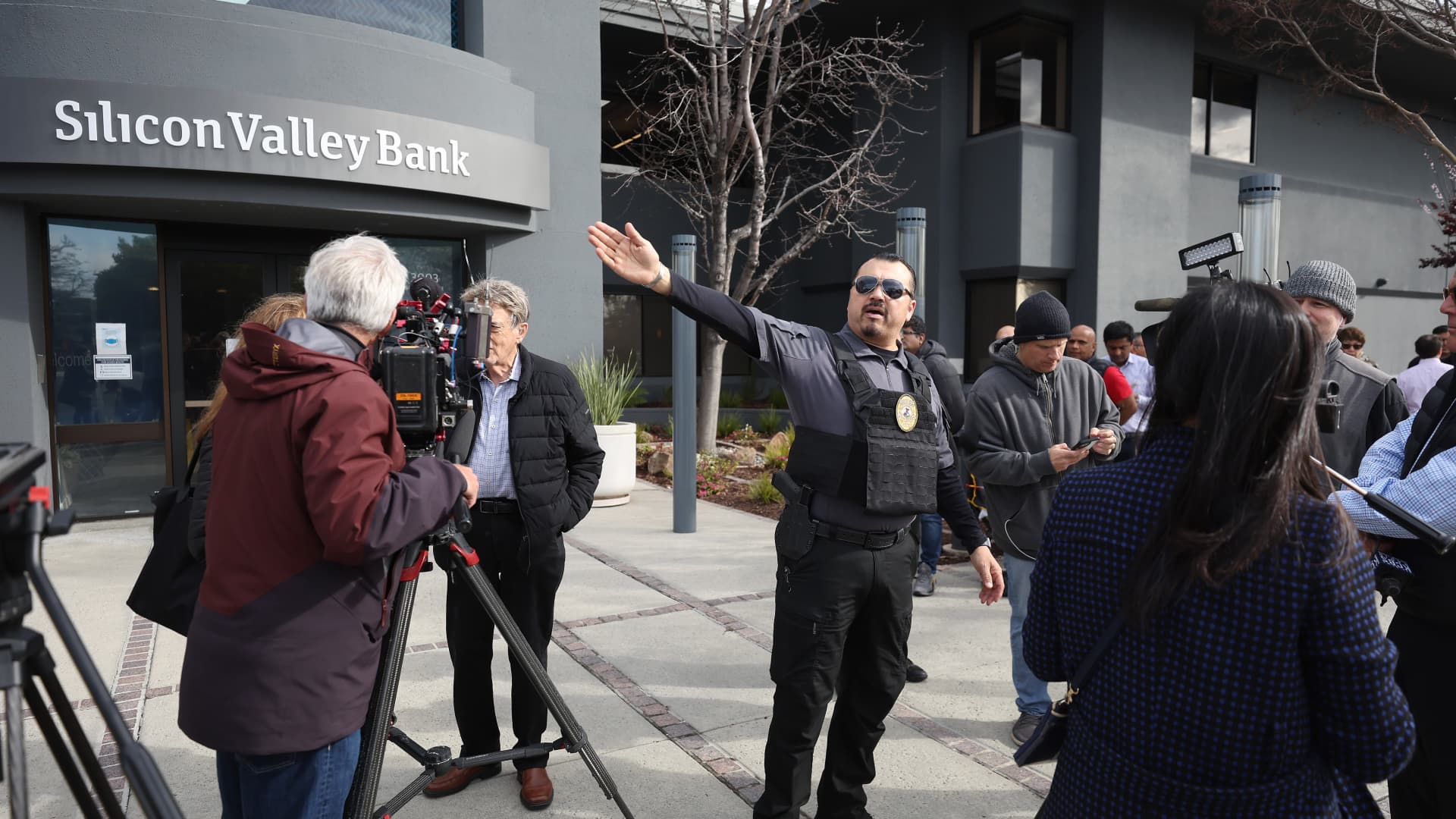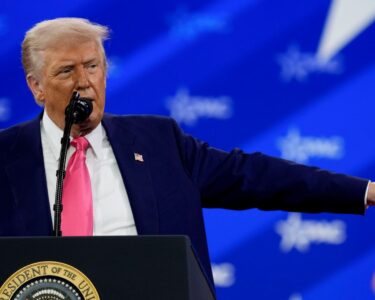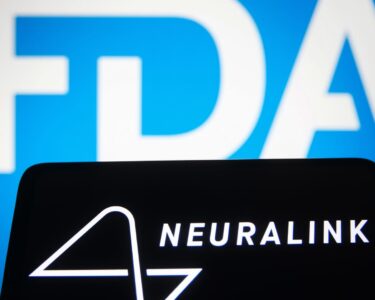Heidi Heitkamp is a former Democratic senator from North Dakota, and currently serves as director of the University of Chicago’s Institute of Politics. She is also the founder of the One Country Project, an organization dedicated to advancing rural America, and a CNBC contributor.
Within hours of the Silicon Valley Bank collapse, political spin machines on both the left and right got cranking. Before all the facts were in and any solid analysis could take place, the “never let a good crisis go to waste” mentality of Washington, D.C., kicked in. Pointing fingers instead of protecting American consumers took center stage.
The right blamed woke capitalism and ESG (environmental, social and governance policy) investing. Florida Gov. Ron DeSantis announced, without proof, that the bank’s focus on ESGs diverted “focus from (the bank’s) core mission.” Rep. James Comer, R-Ky., current chair of the House Oversight Committee, stated SVB was “one of the most woke banks in their quest for the ESG-type policy and investing.”
Implying that SVB’s ESG policies caused the collapse might make sense if SVB was invested primarily in green energy. But the bank was largely invested in classically conservative Treasury bonds and mortgage-backed securities. As Dean Baker, a senior economist at the Center for Economic and Policy Research, said in response to the claims, “Maybe government bonds are now woke, (but) that is what got them into trouble.”
Some on the left pointed fingers at deregulation. Immediately after the collapse, Rep. Katie Porter, D-Calif., and Sens. Elizabeth Warren, D-Mass., and Bernie Sanders, I-Vt., were quick to say that all of this could be prevented if only a 2018 bill that amended the Dodd-Frank Act had never passed.
I was one of the Democrats on the Senate Banking Committee who negotiated that legislation, which granted regulatory relief to small community and mid-sized regional banks. It was designed to course-correct the bank consolidation that followed the passage of Dodd-Frank. In just four years after the bill passed, the size of large banks increased by 6.3% while 14% of small banks disappeared and their share of domestic deposits and banking assets shrank by 6.5% and 2.7%, respectively.
Dodd-Frank, created to prevent financial institutions from becoming “too big to fail,” was having the opposite result. Under the burden of increased regulation, smaller institutions and many regional banks were struggling to stay competitive. Unlike the mega-banks which enjoyed huge “economies of scale,” smaller banks could not absorb the regulatory costs.
I am willing to be persuaded that we made a mistake when we took that step, and that if we had not, Silicon Valley Bank and Signature Bank would still be operational. But to be honest, I have yet to see a sound argument that the collapses were caused by our legislation.
While it exempted banks with assets between $50 billion and $100 billion from the mandatory application of the enhanced regulation requirements of Dodd-Frank, those banks were still subject to supervisory stress tests, and the Fed still retained the ability to apply other prudent standards to guarantee a sound bank and sound banking system. At the time of passage, the Federal Reserve had already recognized that not all banks need the same level of regulation, and as a result the Fed was “tailoring” its application of the regulations. Our bill simply drew a bright line for when that “tailoring” would be conducted; the Fed certainly still had the power to provide enhanced regulation to SVB based on its risk profile.
The law did not require changes to the liquidity-coverage ratio for banks of SVB’s size, in the range of $100 billion to $250 billion in assets. Regulators used their own discretion to make those changes.
Also, quarterly liquidity stress tests were still mandated by the law. Apparently, those tests were not conducted at SVB. If they were, they did not appropriately identify the interest rate risk. (By the way, no bank in America could pass a “run on the bank” stress test. If all the bank depositors withdrew their deposits on the same day, any bank would fail regardless of liquidity or bank capitalization.)
The 2018 law did not alter bank regulators’ powers to resolve failing banks and address financial instability. It did not prevent the Fed from imposing an increased level of supervision. The Fed had the authority to enhance the current level of regional bank supervision, a step the central bank is considering in the wake of the SVB failure.
Contrary to the current political spin on both the right and left, no shareholder or bank executive is getting “bailed out.” Once the smoke clears, the U.S. government will not have spent a dime of taxpayer dollars to protect depositors whose deposits exceeded $250,000.
Early indications are that the capital of the failing banks will be more than adequate to cover any costs. In fact, to guarantee that the Federal Deposit Insurance Corp. would have adequate resources to cover deposits in excess of $250,000, the FDIC withdrew $40 billion from the U.S. Treasury on March 10. That money was redeposited just four days later.
The Biden administration appropriately intervened to shore up confidence in the American banking system. The FDIC has guaranteed deposits beyond $250,000 to prevent the contagion of further bank runs. The Fed is reviewing its own supervisory actions, which should include an assessment of whether any other regional bank has the same interest rate risk and is being appropriately supervised. The Justice Department is investigating insider trading allegations.
More facts will emerge in the coming weeks and months. We need to look at the facts and ignore the spin machines. Sadly, I fear the unintended consequence of the political finger pointing will prompt individuals and businesses to move deposits to the four biggest banks, institutions which are truly too big to fail.
That consolidation is exactly the trend that the 2018 legislation sought to prevent.





